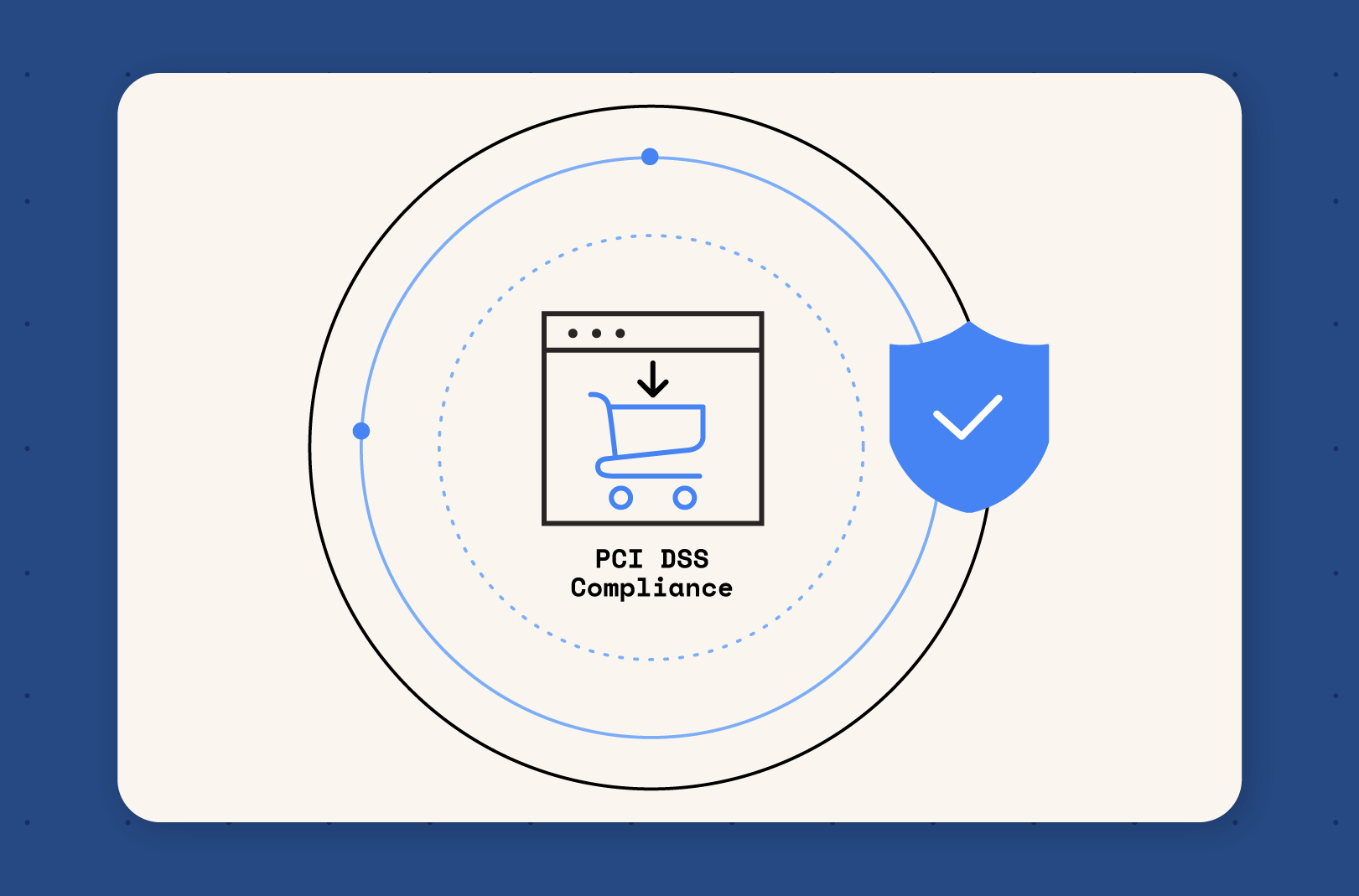
Retail organizations are rapidly adopting containerized applications and Kubernetes to improve agility, scalability, and customer experience. However, these benefits come with increased risk, especially in environments that process payment data, operate at global scale, and must comply with strict security frameworks like PCI DSS.
Retail infrastructure is increasingly cloud-native, but security and compliance often lag behind. Across thousands of stores, edge locations, and cloud services, retailers face a unique set of challenges:
Most retail applications are built on generic base images that include hundreds of unnecessary components. These extras increase the number of vulnerabilities, complicate audits, and expose systems to risk, even if those packages aren’t used in production. In high-transaction, customer-facing environments, that’s a risk retailers can’t afford.
Security tools often generate long lists of CVEs without context, treating low-risk findings the same as actively exploited vulnerabilities. For retailers, this lack of prioritization means wasted time, false alarms, and unresolved high-risk issues that make compliance more difficult.
In modern DevOps environments, manual CVE tracking, compliance gating, and incident response can’t keep up. Without automation that fits into the tools teams already use, security becomes a bottleneck.
Retailers operate in hybrid environments across cloud, on-prem, edge, and POS systems. Securing across these environments consistently, and proving that security to auditors, is notoriously difficult without a consistent, verifiable software supply chain.
Minimus container images are built for these compliance challenges. Designed to be minimal, verifiable, and secure by default, Minimus images help retail organizations shrink their attack surface, automate threat response, and maintain compliance across fast-moving, high-volume environments.
With features like real-time CVE prioritization, action providers for Slack and GitHub, and full CI/CD integration, Minimus gives retail security DevOps teams the tools to detect and fix issues quickly.
Here’s how Minimus supports retail security requirements:
Minimus images are intentionally designed to be as small as possible, often reducing vulnerabilities by over 95% compared to typical base images. This significantly limits exposure to threats like CVEs, misconfigurations, and supply chain risks, which is critical for high-volume, publicly exposed retail workloads.
Minimus’ built-in threat intelligence provides context such as exploitability, active campaigns, and threat actor usage, helping teams prioritize patching and remediation based on risk and align with PCI’s requirements for risk-based remediation. This is essential for reducing dwell time and maintaining PCI DSS compliance across distributed retail systems.
Minimus enables real-time automation and notifications by integrating directly with Slack, GitHub Actions, and custom webhooks. Minimus action providers allow organizations to trigger patch workflows, compliance gates, and incident alerts using the tools their teams already rely on.
Minimus ensures images are reproducible, signed, and verifiably built from secure sources. This integrity guarantees that what’s tested is what’s deployed, helping prevent drift, simplifying audits, and aligning with PCI controls for secure software development.
Whether you’re running workloads in the cloud, in edge data centers, or across thousands of retail locations, Minimus provides lightweight, consistent images with built-in telemetry and documentation, simplifying security operations across multiple environments, whether in cloud, edge locations, or hybrid on-prem Kubernetes clusters.
Minimus images are designed to meet retail security challenges by providing minimal, hardened container images with native support for threat intelligence, secure automation, and integration into modern DevOps workflows.
Whether you’re modernizing e-commerce platforms, scaling point-of-sale systems, or managing distributed edge workloads, Minimus images will make it easier for your team to move fast and meet security and PCI compliance requirements easily. Get a demo today.